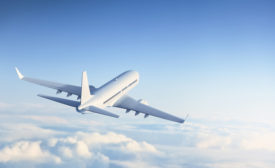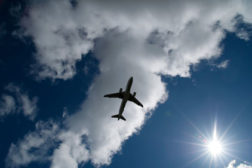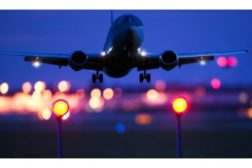Home » Keywords: » airline industry safety
Items Tagged with 'airline industry safety'
ARTICLES
FAA revises icing standards for new transport airplanes
Goal: To fly safely in icing conditions
November 5, 2014
United Airlines cited for exposing workers to electrical, other hazards
Same hazards found in 2011, 2013
July 28, 2014
Is your pilot flying tired because of sleep apnea?
FAA clarifies how condition affects pilot medical evaluations
March 31, 2014
Become a Leader in Safety Culture
Build your knowledge with ISHN, covering key safety, health and industrial hygiene news, products, and trends.
JOIN TODAYCopyright ©2025. All Rights Reserved BNP Media.
Design, CMS, Hosting & Web Development :: ePublishing




